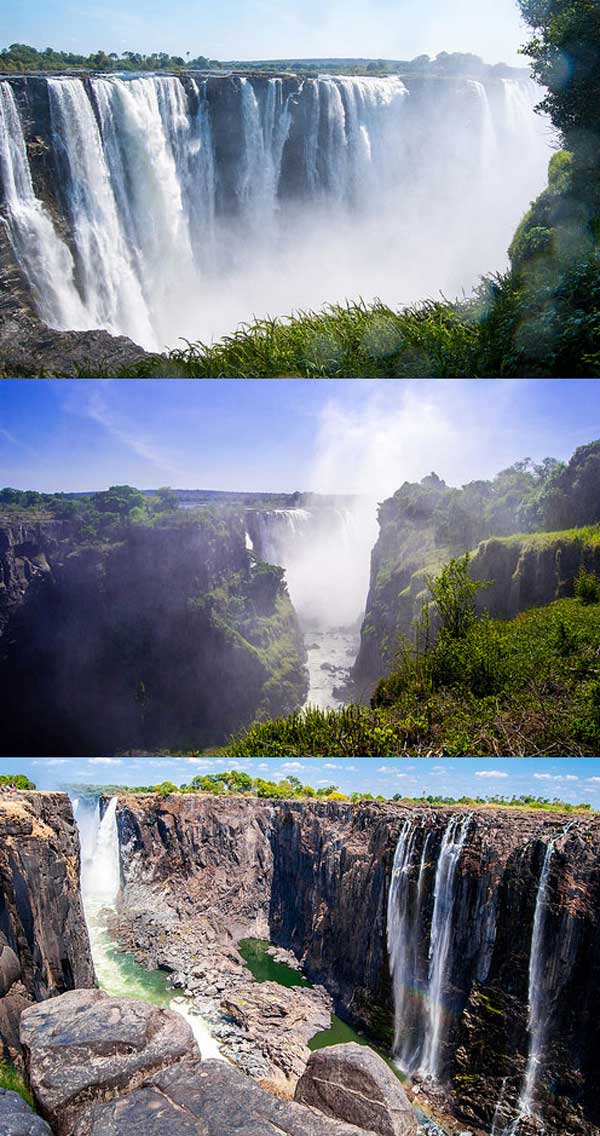1. Name: Zambia’s name derives from the Zambezi River. The word ‘Zambezi’ comes from the local word ‘yambezi’, meaning “the heart of all”
2. Capital city: The capital Lusaka was originally planned to house 200,000 people – now it’s home to over 1.5 million! Zambia’s first capital was the city of Livingstone
3. Waterfall: Zambia has a total of 17 waterfalls – 10 of them are in the northern part of the country. The largest, most beautiful and best known is Victoria Falls in the south of the country on the border with Zimbabwe
4. Weather and climate: From October to April is the rainy season in the country, which involves several ‘rain storms’ and is most reminiscent of an East Asian monsoon. The climate is otherwise mild and temperatures rarely reach 35 degrees Celsius.
5. Termites: Termite nests in Zambia can “grow” as big as man-made huts

Fact: David Livingstone was the first European to see the Zambezi River. He named it ‘Victoria Falls’, which today is the name of the world’s largest waterfall in the south of the country
6. Residences: Much of Zambia is sparsely populated and the vast majority of the country’s population lives in the most developed area called the ‘Line of Rail’. In this area, there is a railway that connects the Copperbelt (a mining area rich in copper) with the capital Lusaka and the southern border town of Livingstone
7. Mining: Mining has been taking place in Zambia for more than 2000 years, with copper and iron in particular being extracted. Copper remains Zambia’s most important natural resource and the country is the world’s 5th largest copper producer
8. Poverty: Zambia is one of the poorest countries in the world and ranks low on the UN Human Development Index. 64% of the population live below the poverty line. 14.9% of all children are underweight
9. David Livingstone: The first European to come to Zambia was the Portuguese Francisco de Lacerda in the late 18th century. In the 19th century, more Europeans came to the country. Of these, the British David Livingstone was the most prominent with his vision to end slavery through ‘Christianity, commerce and civilization’. The city of Livingstone is named after him
10. Northern Rhodesia: In 1888, the British company ‘BSA Company’ was granted the mineral rights to a part of the country that later became North West Rhodesia. In contrast, the other half of the country was named North East Rhodesia. In 1911, however, the two were united to form the British Colony of Northern Rhodesia. Southern Rhodesia was the present-day Zimbabwe. In 1964 Zambia became an independent country and has since had 3 constitutions

Fact: Victoria Falls in the southern part of Zambia (next to the city of Livingstone) is the world’s largest waterfall


